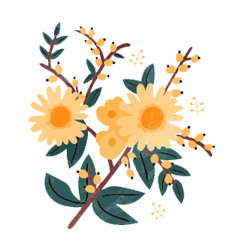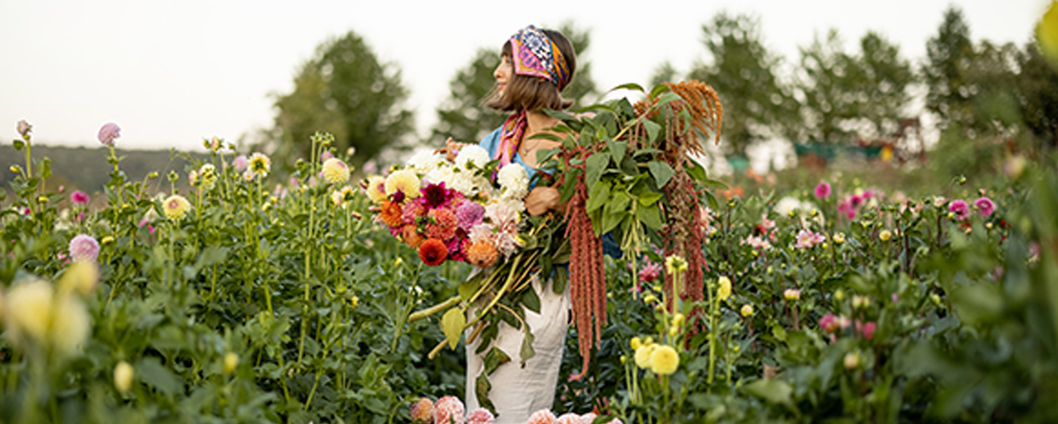Floral Design Through the Ages: A Look at Historical Styles
From the simplest gathered posies to the most elaborate architectural installations, the way we arrange flowers has always been a reflection of our culture, our values, and our aesthetic sensibilities. Journeying through the history of floral design is like stepping into a botanical time capsule, each era leaving its unique imprint on the art form we know and love today. Understanding these historical styles not only provides a fascinating glimpse into the past but also illuminates the roots of many contemporary design principles.
The earliest evidence of intentional floral arrangements dates back to ancient civilizations. In ancient Egypt, flowers were integral to religious ceremonies, banquets, and even daily life. Lotus blossoms, papyrus, and acacia were frequently used, arranged in simple, repetitive patterns or incorporated into garlands and wreaths. These designs often held symbolic meaning, reflecting the Egyptians’ deep connection to nature and their spiritual beliefs. Similarly, in ancient Greece and Rome, flowers and foliage were used for adornment, celebrations, and honoring deities. Wreaths and garlands of laurel, olive branches, and roses were common, signifying victory, status, and beauty. The focus was often on the symbolic value and the natural form of the individual blooms and foliage.
Moving into the Byzantine and Early Christian periods, floral design became more formalized, often influenced by religious iconography. Arrangements were typically symmetrical and stylized, frequently incorporating fruit and geometric shapes. During the Medieval period, flowers were cultivated primarily for their medicinal properties, although they were also used in simple domestic arrangements and religious contexts. It wasn’t until the Renaissance that floral design began to flourish as an art form once again. Lavish displays of flowers became a symbol of wealth and status, with large, symmetrical arrangements featuring a variety of blooms in ornate containers. Think of opulent still-life paintings from this era, brimming with meticulously placed blossoms.
The Baroque period took floral design to even more dramatic heights. Arrangements became asymmetrical, exuberant, and overflowing with a wide variety of flowers, often in bold, contrasting colors. These were grand, theatrical displays meant to impress, mirroring the artistic and architectural trends of the time. The Rococo period that followed brought a lighter, more delicate aesthetic, with smaller, more graceful arrangements featuring pastel hues and curving lines. These designs often emphasized elegance and charm.
The Victorian era witnessed a significant evolution in floral design, influenced by social customs and the rise of the middle class. Bouquets became highly symbolic, with specific flowers carrying coded messages of love, friendship, or sorrow – the “language of flowers.” Arrangements were often dense, elaborate, and presented in ornate, pedestal-style containers. This era also saw the development of the tussie-mussie, a small, fragrant bouquet held in a cone-shaped holder.
The early 20th century brought about a shift towards more naturalistic and simplified styles. The Art Nouveau movement embraced flowing, organic lines inspired by nature, while the Art Deco era introduced more geometric and stylized designs. As the century progressed, floral design continued to evolve, influenced by modern art and changing lifestyles. The emphasis shifted towards functionality, clean lines, and a greater appreciation for the individual beauty of each flower.
Today’s floral design landscape is incredibly diverse, drawing inspiration from all these historical periods. We see echoes of ancient simplicity in minimalist Ikebana-inspired arrangements, the opulence of the Baroque in grand event designs, and the delicate charm of the Rococo in romantic bouquets. Sustainable practices and a focus on locally sourced, seasonal blooms also reflect a contemporary awareness that builds upon historical connections to nature. By understanding the journey of floral design through the ages, we gain a richer appreciation for its artistry and the enduring human desire to connect with the beauty and symbolism of flowers.



